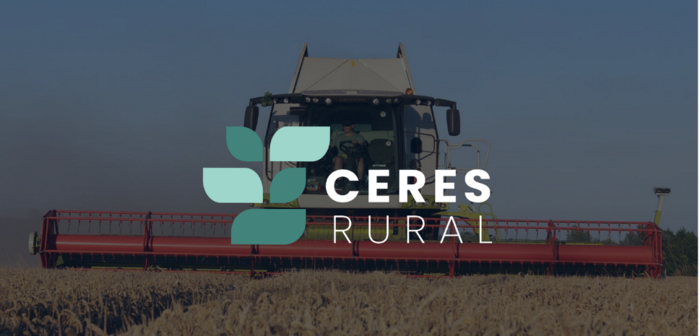Arable farmers making plans for 2023 and identifying their financial priorities should consider where cost savings can be made, according to a leading consultancy.
Economic pressures, supply concerns and wider environmental issues are combining to give farm expenditure even greater significance, says Ceres Rural with the latest farm budgets looking quite different to those of twelve months ago.

Tim Isaac
Given current uncertainty, associate partner at Ceres Rural Tim Isaac has come up with a ten-point checklist and tips to help thought processes, based on the firm’s experience of analysing numerous sets of farm accounts:-
Seed
Home-saving as much of your seed as possible will save money and guarantee supply, notes Mr Isaac, even if it requires more planning at harvest.
Fertiliser
Timing of purchase is critical with the dramatic increase in prices, but the practical part of reducing fertiliser costs is how much to apply, he advises.
The use of soil, tissue and grain tests can inform the optimum application rate while everything should be done to maximise utilisation by the crop. Increasing the use of legumes and organic manures in the rotation will reduce reliance on vulnerable bagged supplies.
Sprays
As each sprayer pass involves fuel, chemical, wearing parts and labour costs, every application should be questioned, believes Mr Isaac.
Make use of thresholds and forecasting, resistant varieties and weather tools to calculate the risk and return of each treatment and reduce the number of applications.
Agronomy
Tailored, technical and robust agronomy is key to saving costs, with independent advice usually resulting in a lower spend, he comments.
Question every decision and discuss alternative options; many growers find becoming BASIS and FACTS qualified is a good investment.
Labour
Pressures on the labour market are making it difficult to save money unless you are obviously overstaffed, accepts Mr Isaac.
Make it a priority to recruit and retain the best staff and consider collaboration with neighbours to gain expertise and help spread costs.
Machinery
The area where the biggest savings can often be made, as there’s an average range of £200/ha between the best and worst performers.
Experience shows that there’s a tendency to carry too much spare for a tricky year, he reports, so matching capacity to cropped area is an obvious place to start. Another easy win is reducing cultivation intensity – providing it is done carefully so as not to impact yields – while accessing grants can help to offset the cost of no-till kit.
Property and Energy
Make farm buildings and houses as energy efficient as possible, both to save heat and power costs and increase their value.
High energy prices mean that looking again at the economics of renewable energy could be worthwhile, as most systems provide a good payback and allow you to sell any surplus to others.
Administration
Put your insurance out to tender at least every three years to attract the best deal, rather than just renewing it, recommends Mr Isaac.
Review insured values every year to make sure they accurately reflect replacement costs.
Rent
Rising costs and falling BPS payments mean that rent reviews should be considered on tenanted land, as the best farmers will be in a strong position to negotiate better deals.
Finance
The age of cheap money is over, stresses Mr Isaac. Whether it’s hire purchase, an overdraft or a longer-term loan, shop around for the best rates and restructure or move any debt to keep finance costs to a minimum.
The added bonus of saving costs is that for most of the above actions there’s a greenhouse gas emissions reduction, he points out.
“The quest for net zero is not going to go away, so doing a carbon audit before and after you make any changes will allow you to track any progress.
“Ceres Rural’s appointment as a provider of Defra’s Future Farming Resilience Fund means that carbon audits are just one part of the free advice packages that are available to farmers,” he adds.




